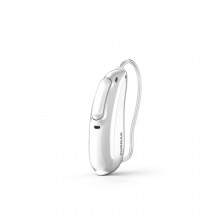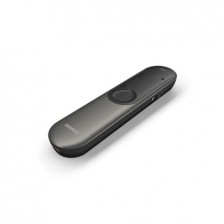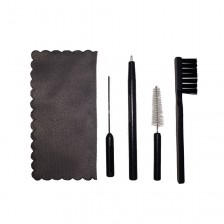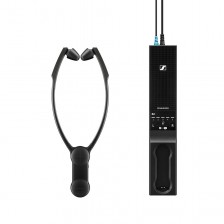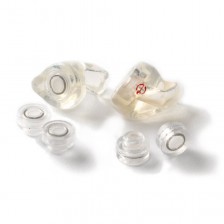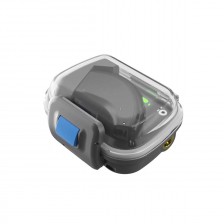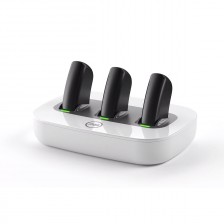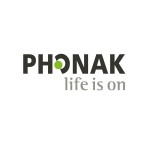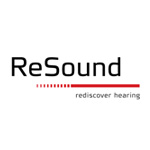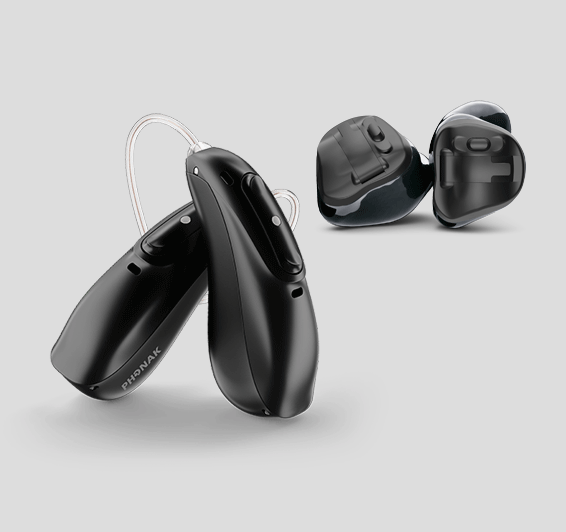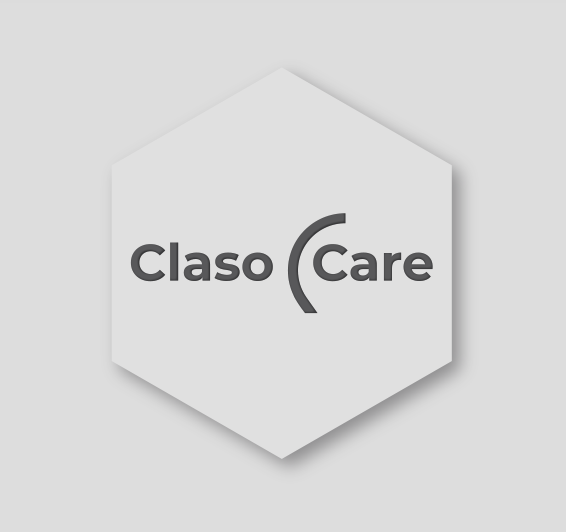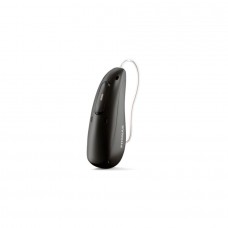What is Auracast™?

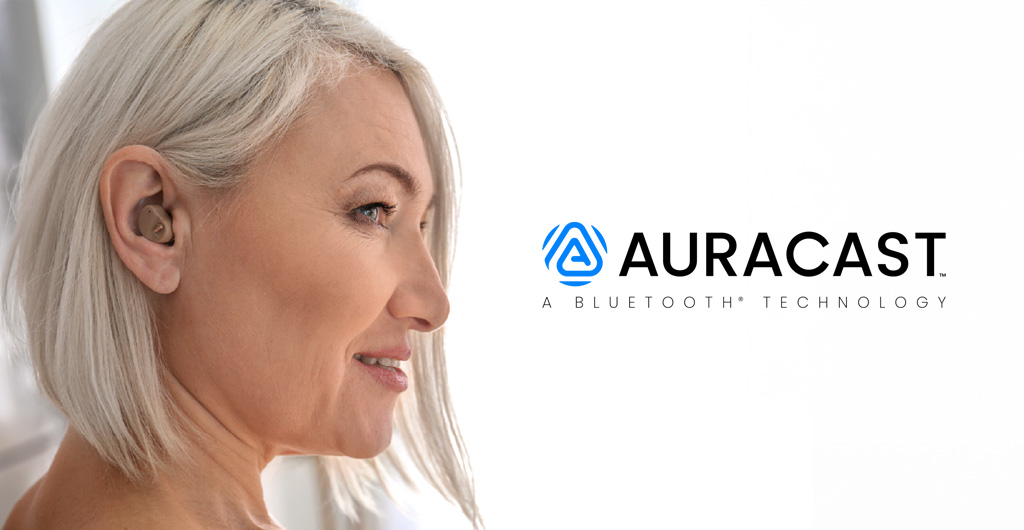
Auracast™ is a technology developed by Bluetooth SIG (the organization that manages the Bluetooth standard) and is based on Bluetooth LE Audio, a more efficient version of classic Bluetooth. Its main goal is to allow audio transmission to multiple devices at the same time, something that wasn’t possible with traditional Bluetooth technology.
How does it work?
Auracast works like a kind of audio “broadcast,” similar to a radio station, but with the difference that it can be either public or private. This allows multiple people to listen to the same content from a single transmitter, such as a phone, TV, or microphone.
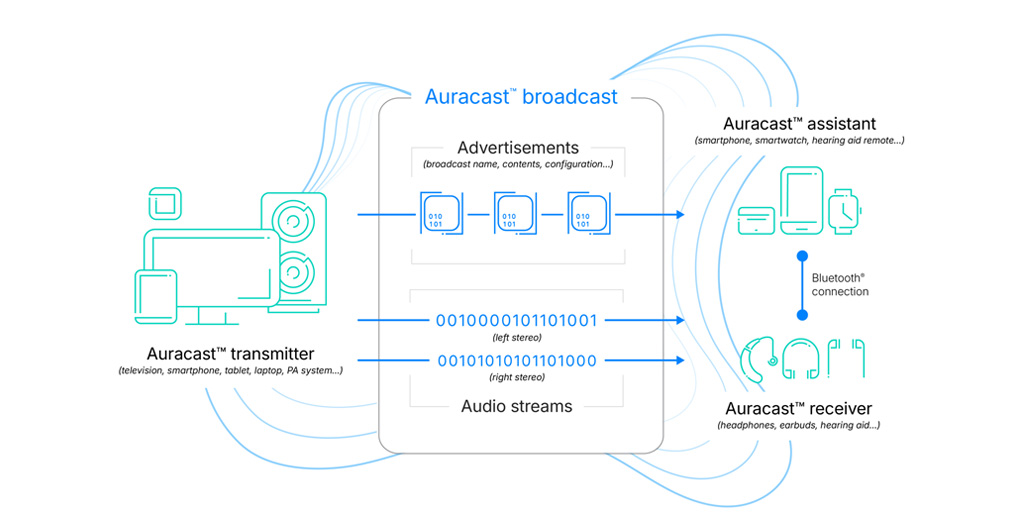
What are the advantages for hearing aid users?
1. Easily share audio
You can share what you're listening to with others who have compatible hearing aids or headphones. For example, you can watch a movie together without cables or complicated setups.
2. Connect to public broadcasts
In the future (once Auracast is officially launched), you’ll be able to connect to the audio from a TV in a gym, waiting room, or airport directly through your hearing aids. This is especially useful in noisy places or if you have hearing loss.
3. Lower power consumption and better sound quality
Since it’s based on Bluetooth LE Audio, Auracast offers better audio quality with lower battery usage, both for medical hearing aids and regular headphones.
4. More accessibility
Auracast can be integrated into medical hearing aids or cochlear implants, enhancing the experience for people with hearing loss in public spaces like theaters, airports, or churches.
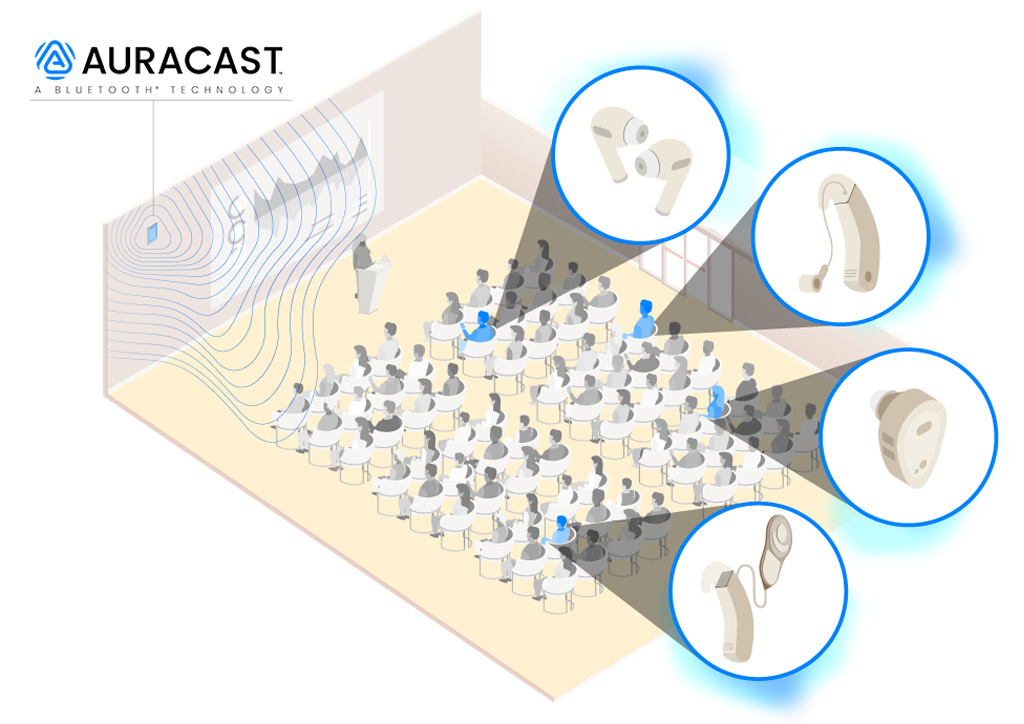
Is it ready to use?
Yes. Manufacturers are already incorporating this technology into new devices. Hearing aids and headphones compatible with Auracast will become increasingly common.
Auracast is designed to replace the inductive loop system (“T” position), which has been used in public spaces for over 30 years. This shift brings improved sound quality and ease of use.
Additionally, it helps break the stigma around hearing aids, as both hearing aid users and regular headphone users will be able to connect to the same transmissions. This allows for a more inclusive and unified listening experience.
How will it be used in daily life?
There will be dedicated transmitter devices, such as TVs, microphones, or sound systems in public spaces. From there, anyone will be able to connect to the audio using their own compatible hearing aids or headphones.
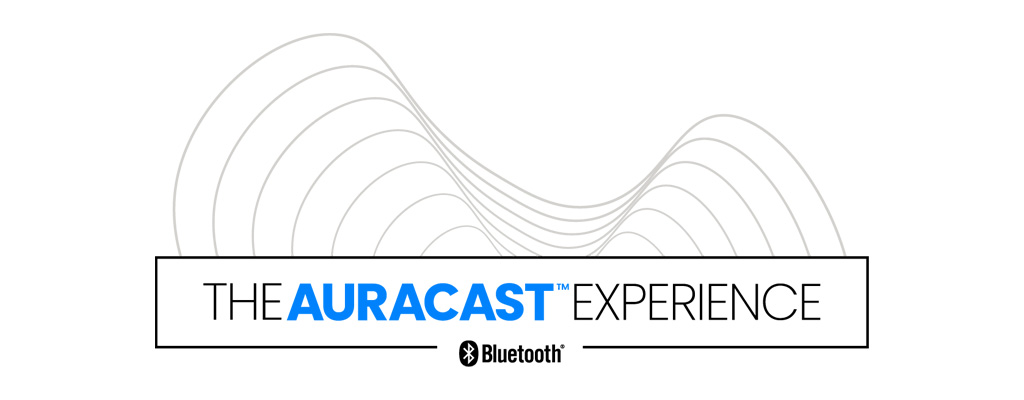
Interested in this technology?
At claso.net you’ll find more articles, tips, and updates about hearing aids, accessibility, and the future of everything related to hearing. Discover all we have for you!


